As pet parents, we all want to show our dogs how much we love them. Whether it’s through playtime, treats, or simply spending quality time together, we constantly seek ways to bond with our furry friends. And what better way to express affection than with a good old head pat? It’s an instinctive gesture, and we’ve all seen dogs who seem to love the attention. But do they really enjoy it?
Let’s take a look at whether dogs like head pats, explore the best ways to pet them, and get helpful insights on how to ensure your dog feels safe and happy during your interactions.
The Science Behind Dog Behavior: Do Dogs Like Head Pats?
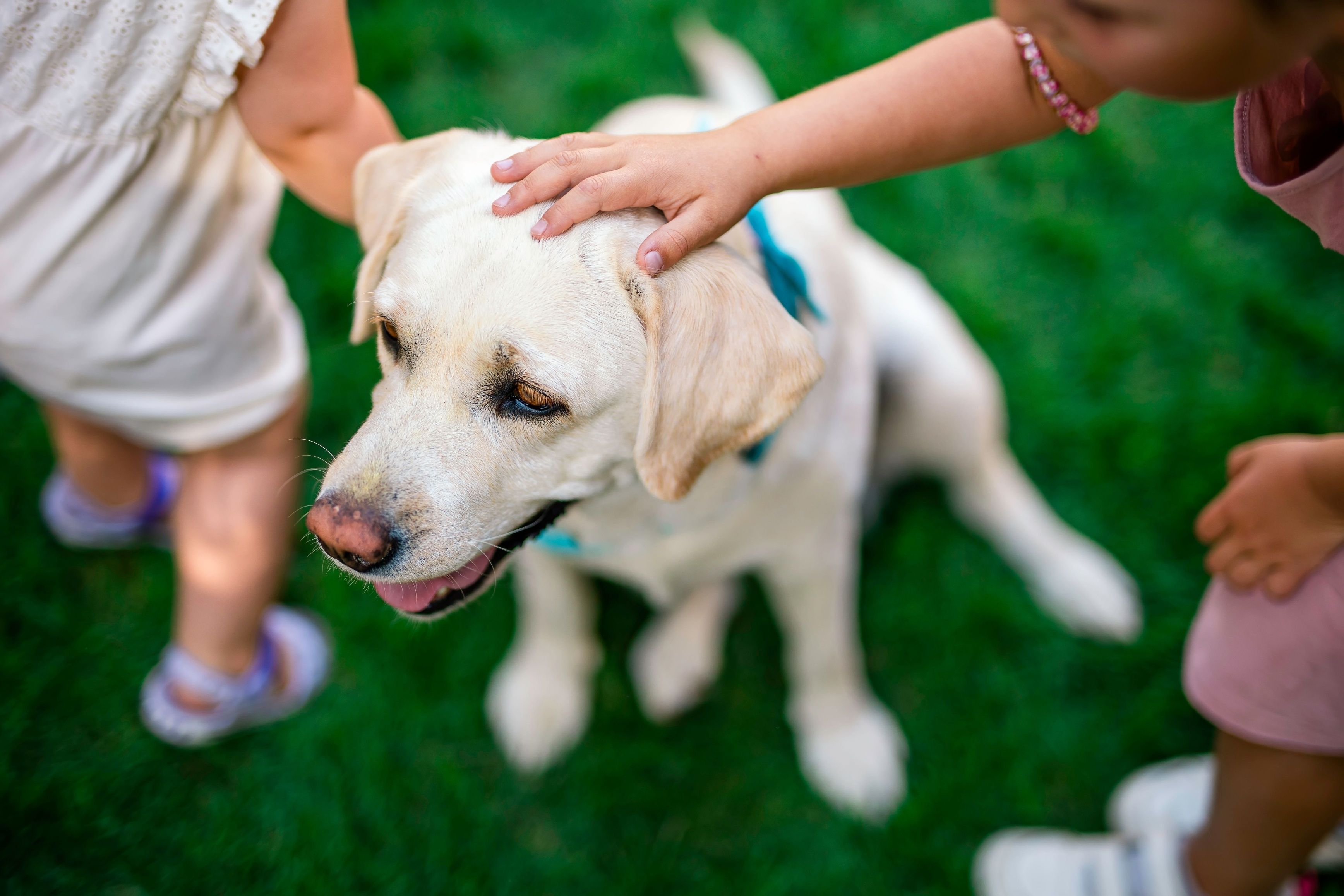
Children pat cute dog.
To answer the burning question—Do dogs enjoy head pats?—we first need to understand dog behavior. While every dog is unique, common instincts govern their reactions to human touch. Here’s what the science says:
Dogs’ Sensory Systems Are Different
Dogs experience the world largely through their sense of smell, but their sense of touch also plays an important role. They have more nerve endings in certain parts of their bodies than we do. For example, dogs have a higher concentration of sensory receptors around their muzzles, paws, and ears. When you pet a dog’s head, it may not always feel the same to them as it does to you. In some cases, head pats can feel overstimulating, especially for shy or sensitive dogs.
Dogs Can Be Protective of Their Heads
A dog’s head is a vulnerable area. When a human reaches toward a dog’s head, the dog might see it as a potential threat. In the wild, dogs are pack animals, and they rely on a strong sense of personal space. When another dog approaches their head, they may not always welcome it. So when you offer a head pat, you might be inadvertently invading that personal space.
That said, many dogs, particularly those who are well-socialized and trust their owners, tolerate or even enjoy head pats, especially if they associate them with positive experiences like praise or affection.
How to Tell If Your Dog Enjoys Head Pats
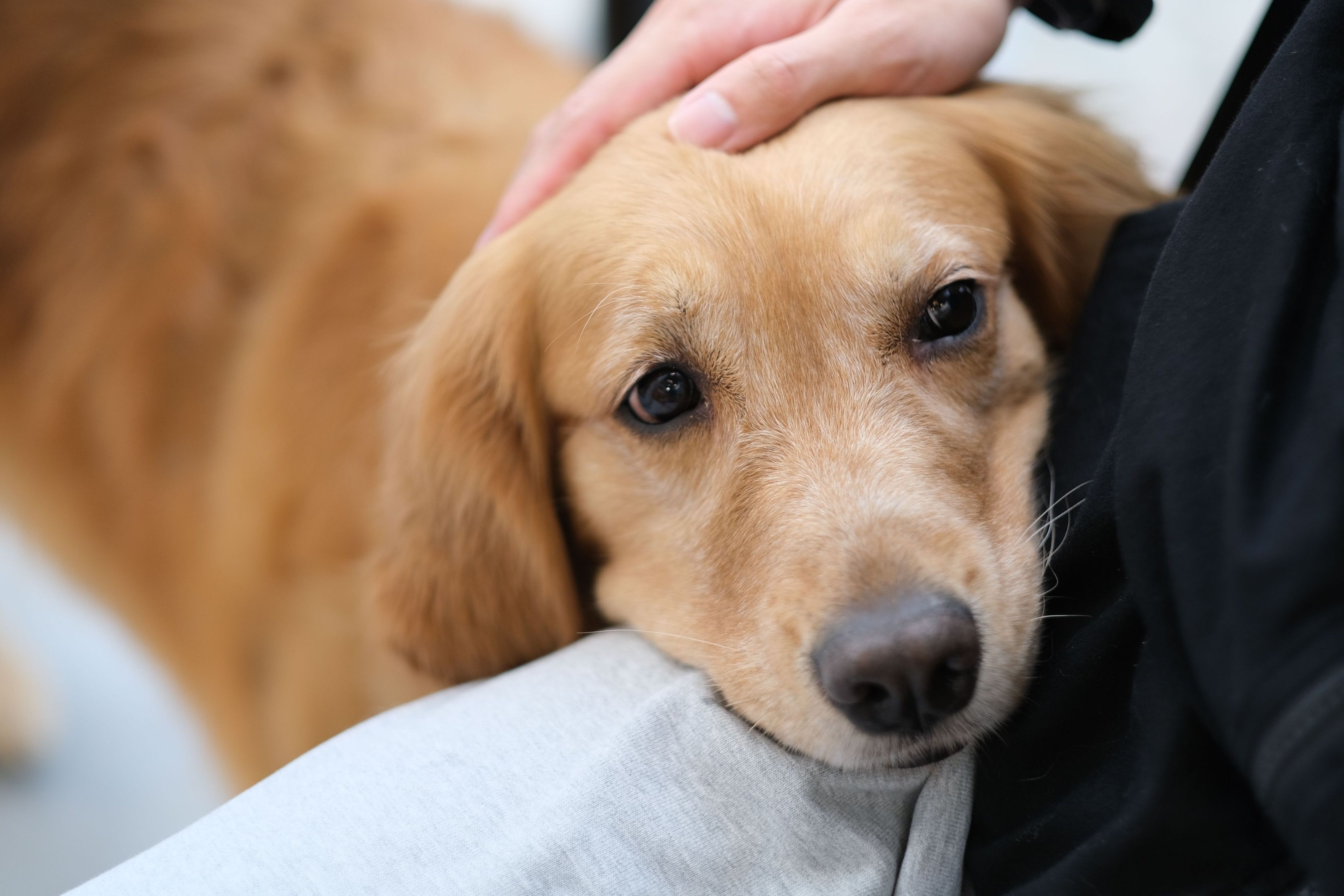
Golden Retriever dog putting head on owner’s lap.
Before you start showering your dog with pats, you must pay attention to their body language. Dogs can’t tell us whether they like something, but they communicate their feelings through their actions and behavior. Here’s what to look for to know if your dog enjoys head pats:
Relaxed Body Language
A relaxed dog will show soft eyes, a wagging tail, and a body posture that isn’t tense. If your dog is comfortable, they might lean into the touch or even close their eyes in contentment. When a dog enjoys being petted, they’ll often show these signs of relaxation, including lifting their chin to encourage more attention.
Ears and Tail Position
Dogs use their ears and tail to communicate. If your dog’s ears are relaxed or facing forward and their tail is wagging, it’s a good sign they’re enjoying the attention. Conversely, if the ears are pulled back or the tail is stiff or tucked between their legs, it could indicate discomfort or anxiety. Always watch these signals to gauge your dog’s reaction.
Leaning Into the Petting
Some dogs will actively seek out head pats by leaning into your hand or positioning themselves to make it easier for you to reach their head. This is a clear sign that they enjoy the affection and feel comfortable with the interaction.
Positive Facial Expressions
Dogs show contentment through their facial expressions. A dog that’s enjoying a head pat might have relaxed eyes, a slightly open mouth, and a wagging tail. If they’re squinting or licking their lips, it may signal uncertainty or discomfort with the touch.
Dogs That Don’t Enjoy Head Pats: Understanding the Signs
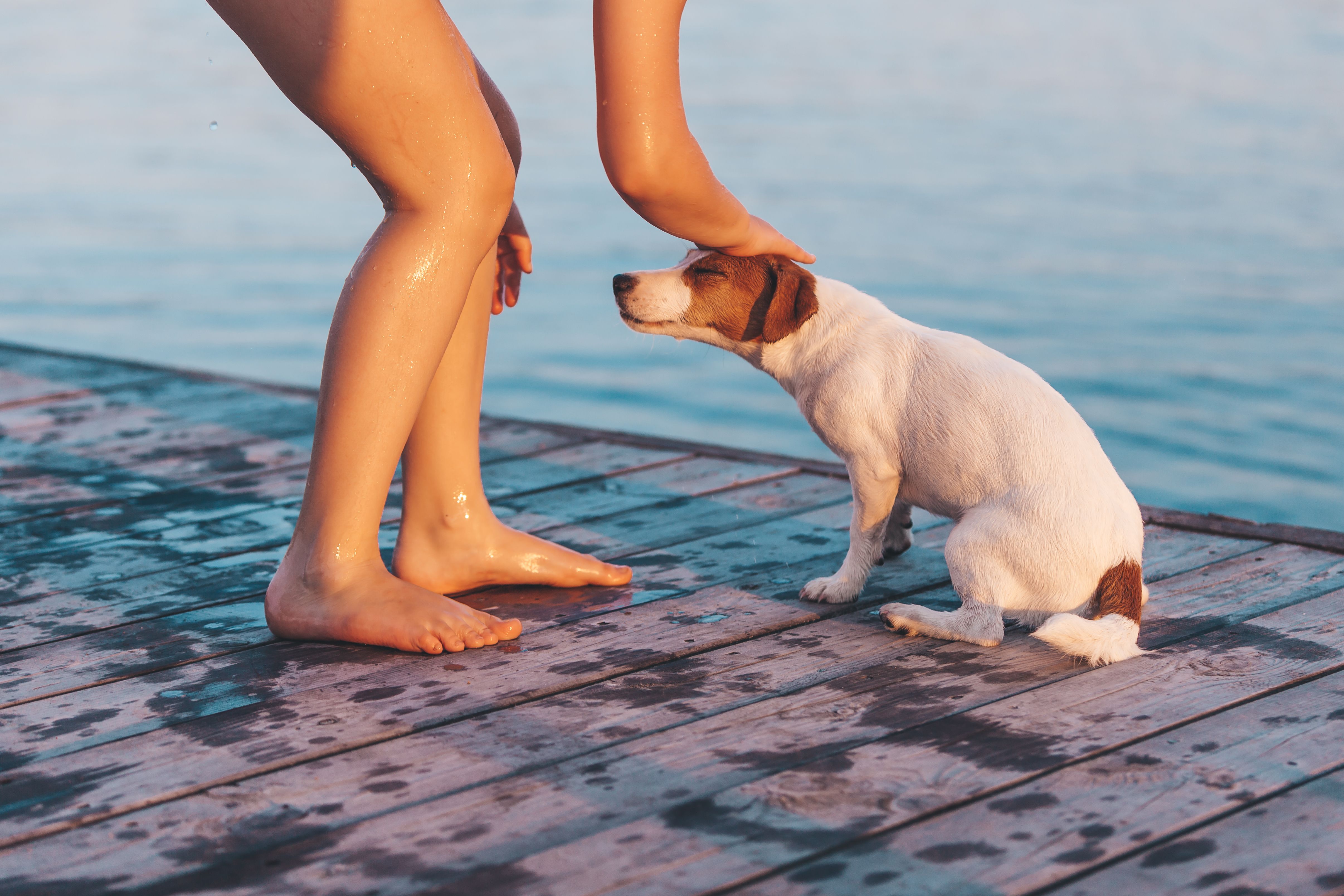
Child strokes dog Jack Russell terrier on head.
Not all dogs love head pats. In fact, some dogs actively dislike them, and forcing the interaction can lead to stress, fear, or even aggression. So, how do you know if your dog isn’t a fan? Here are a few signs to watch out for:
Turning Their Head Away
If your dog turns their head away from your hand or pulls back, they’re likely not comfortable with head pats. They may be trying to avoid your touch or show you that they’re not in the mood for physical contact.
Stiff Body or Tense Muscles
A dog that is tense or rigid when you reach for their head may be feeling anxious or uneasy. Their body language might indicate that they’re not ready for that kind of interaction, and it’s important to respect that boundary.
Growling or Snapping
If your dog growls or snaps when you try to pet their head, they are clearly communicating that they don’t want to be touched there. Always respect their signals and avoid pushing the interaction further. These behaviors can stem from fear, anxiety, or a previous negative experience with being petted.
Ears Pulled Back or Tail Tucked
A dog that’s uncomfortable will likely show defensive body language, such as pulling their ears back or tucking their tail. These are signs that your dog is feeling anxious, stressed, or threatened. In these cases, it’s best to stop the petting session and give your dog space.
The Best Way to Pet Your Dog
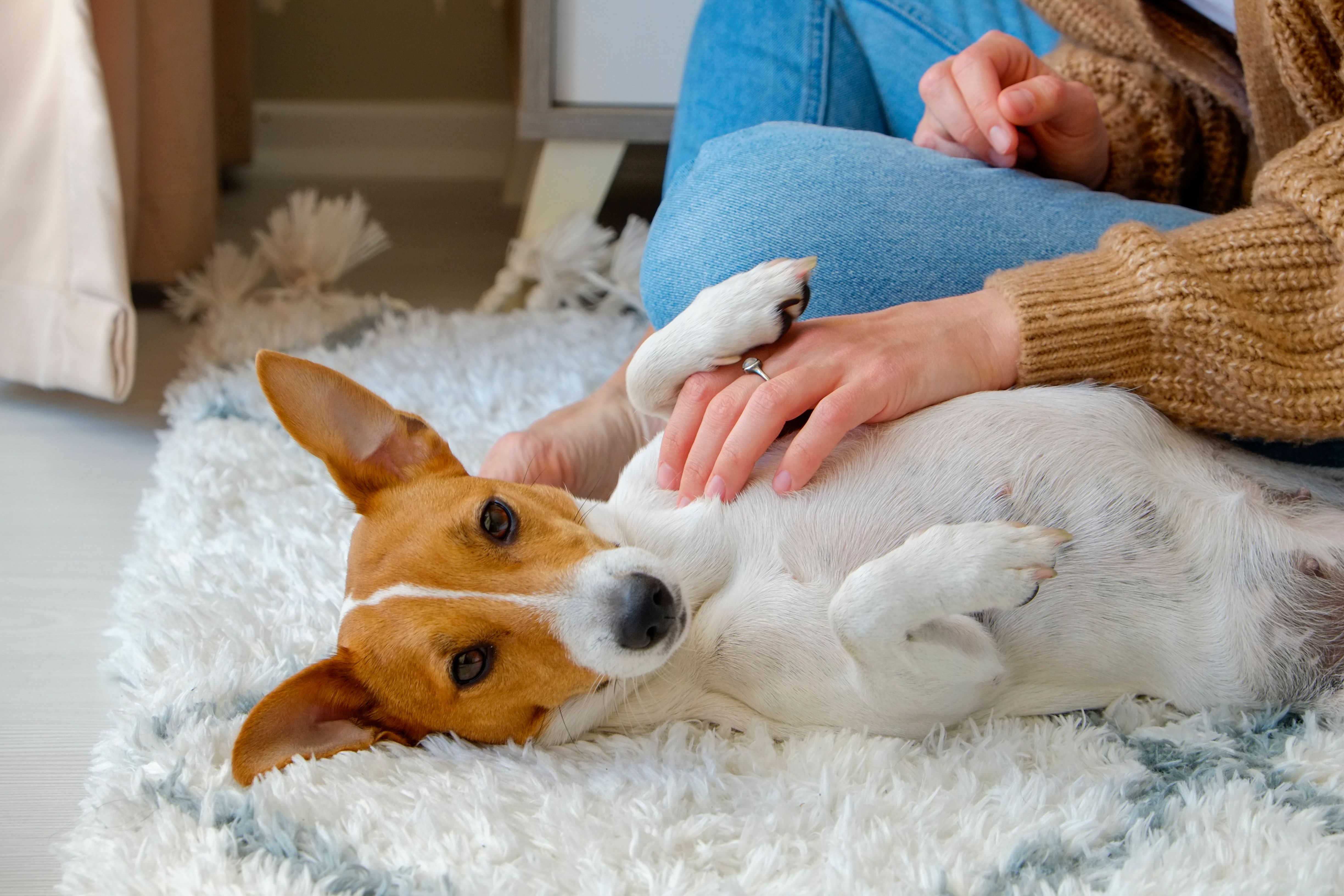
Woman playing with her jack russell terrier puppy on the floor.
While head pats are a common way to show affection, they may not always be the best method for every dog. The way you pet your dog should depend on their personality, comfort level, and preferences. Here are some alternative ways to pet your dog and build a positive bond:
Petting Under the Chin or Chest
If your dog isn’t fond of head pats, try petting them under the chin or on their chest. These areas are often more comfortable for dogs and may feel less invasive. A gentle stroke under the chin or on the chest can feel reassuring and calming to many dogs, especially if they enjoy physical affection but are sensitive to having their head touched.
Belly Rubs
Many dogs absolutely love belly rubs! If your dog rolls over and exposes their belly, they trust you and feel safe. Gently rub their belly in circular motions to make them feel at ease. Just be cautious, as some dogs might not want a belly rub and might snap if they feel overstimulated.
Stroking the Back or Shoulders
Most dogs love a good back scratch, particularly around the shoulder area. This region is less sensitive than the head, making it a great alternative for dogs that are hesitant about head pats. Gently rub or scratch their shoulders in slow, soothing motions to help them relax and bond with you.
Ear Scratches
Many dogs enjoy having their ears scratched, particularly behind the ears. This can be a great way to pet a dog without focusing on the head. It’s also a more targeted form of affection, and the sensation is often pleasurable for dogs.
How to Build Positive Associations with Petting
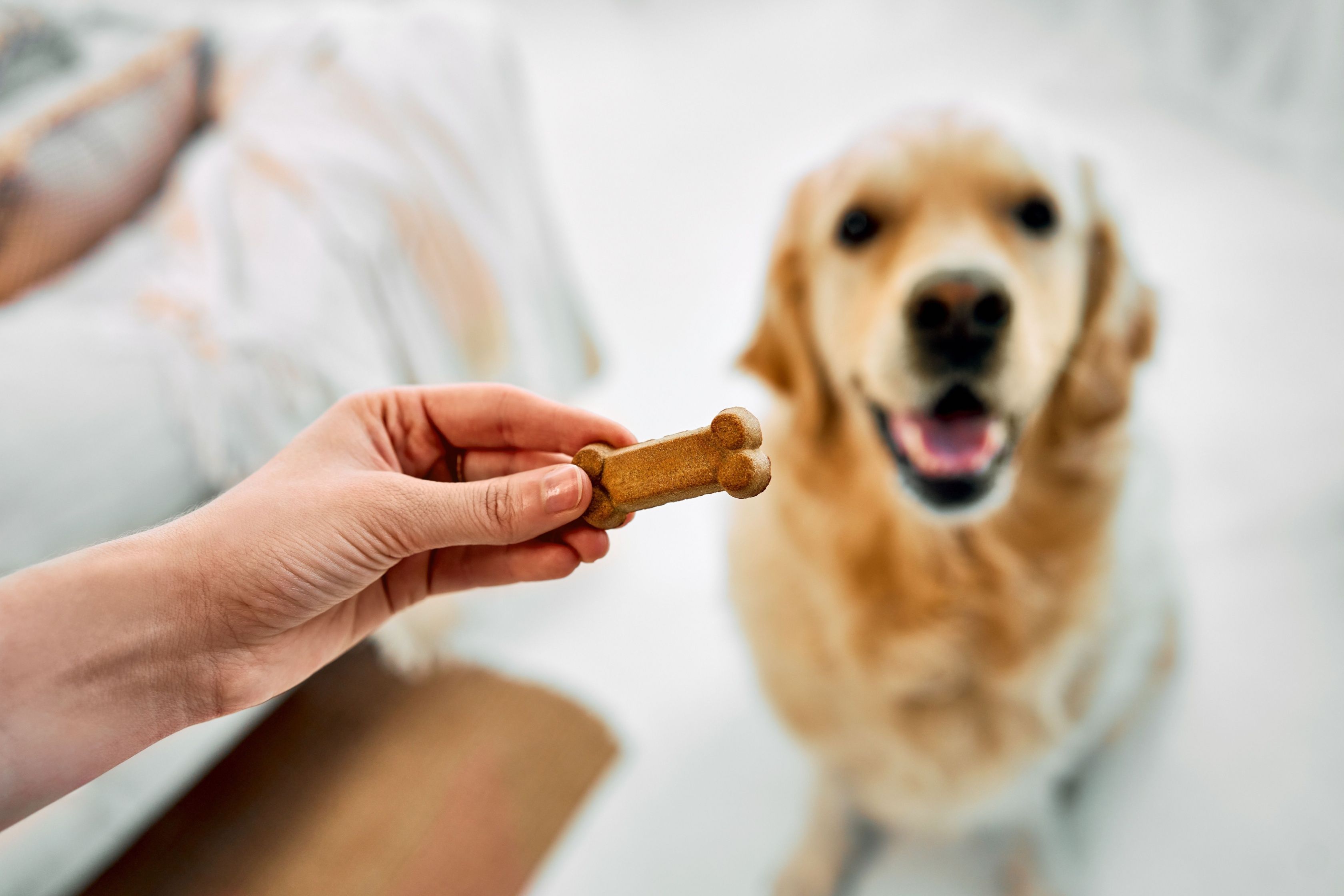
Owner giving dog a treat.
If your dog isn’t fond of head pats or being petted in certain areas, you can build positive associations over time:
Use Treats and Praise
When petting your dog, pair the experience with positive reinforcement. Give them treats and verbal praise when they allow you to pet them. This will help your dog associate petting with good things, increasing their comfort level with the interaction.
Gradual Exposure
If your dog is nervous about being petted on the head, start slowly. Offer them a treat while gently touching their neck or shoulder. Gradually increase your interaction with their head over time. Always go at your dog’s pace and never force the petting if they’re not comfortable.
Observe Their Preferences
Pay close attention to how your dog reacts to different types of touch. Some dogs may love gentle pats on the head, while others prefer a soft belly rub or a scratch behind the ears. By observing their body language, you can learn which petting methods they enjoy the most.
Conclusion: Understanding Your Dog’s Preferences
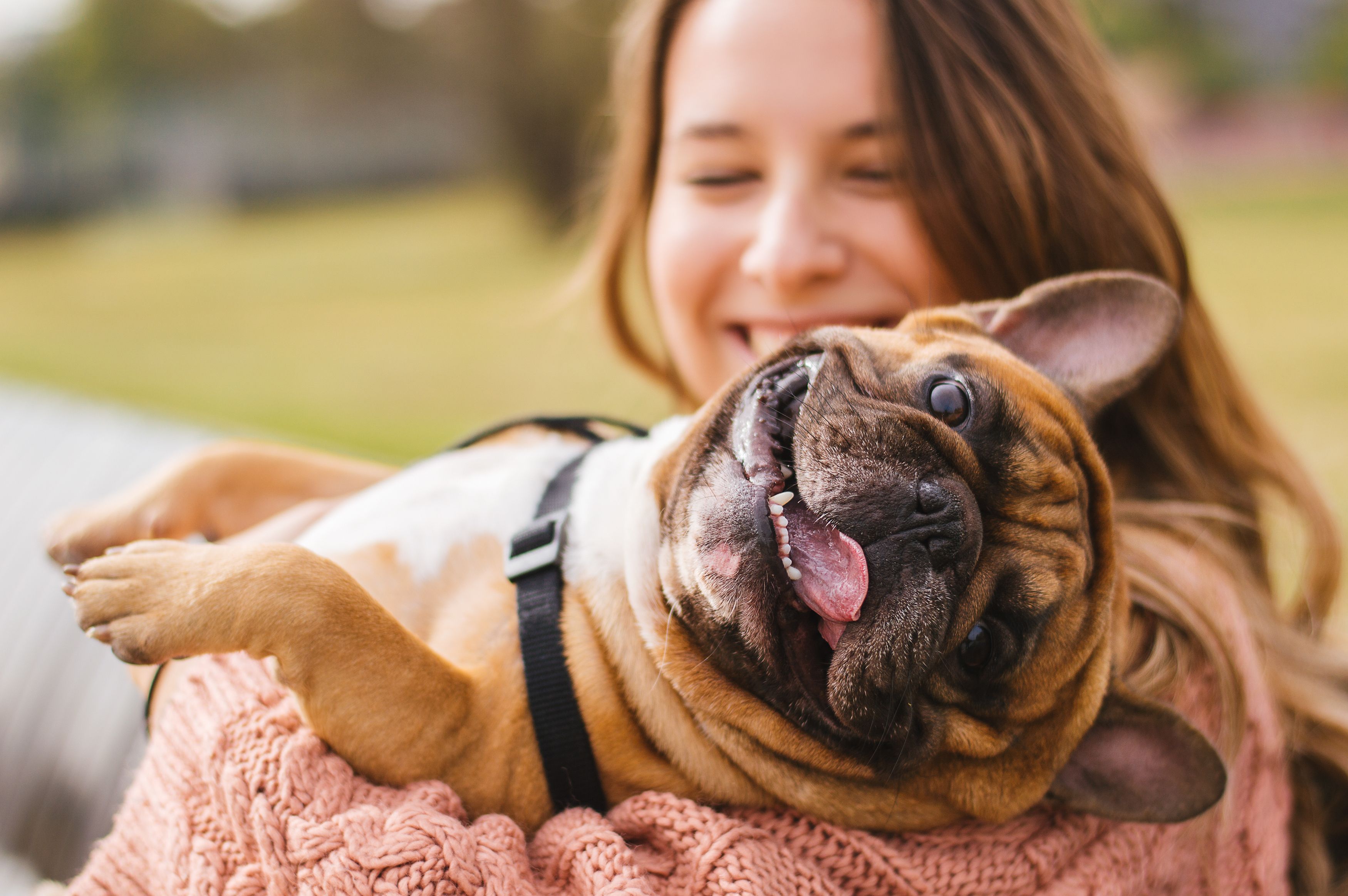
Little dog with owner spend a day at the park playing and having fun
While many dogs enjoy head pats, it’s essential to remember that not all dogs share this preference. Just like humans, each dog has its own likes and dislikes when it comes to affection. The key to a happy petting session is understanding your dog’s body language, respecting their boundaries, and adapting your approach to suit their unique personality.
By taking the time to learn your dog’s preferences and providing positive experiences through petting, you can strengthen your bond and make them feel more comfortable. Whether it’s a head pat, a belly rub, or a gentle ear scratch, the best way to pet your dog is the one that makes them feel loved, safe, and happy.
Happy petting!

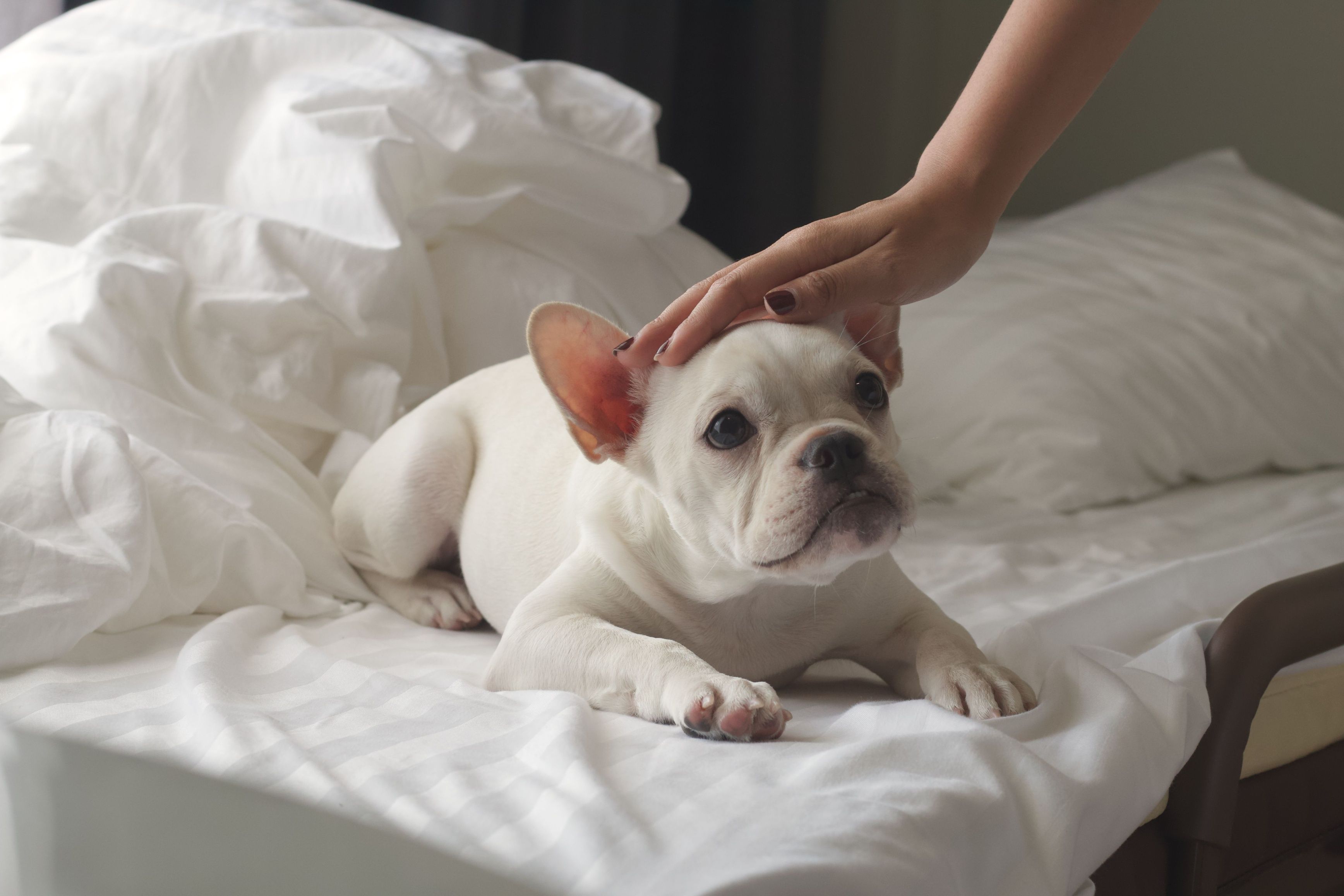
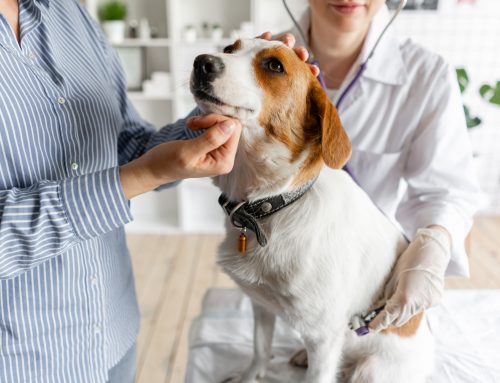
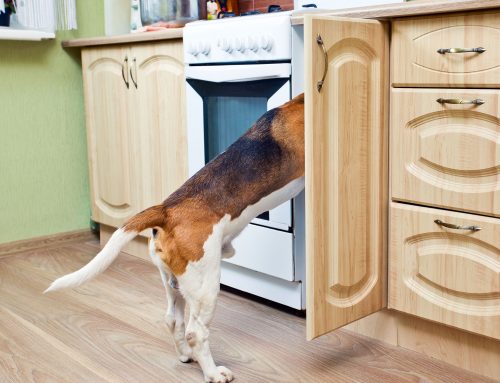
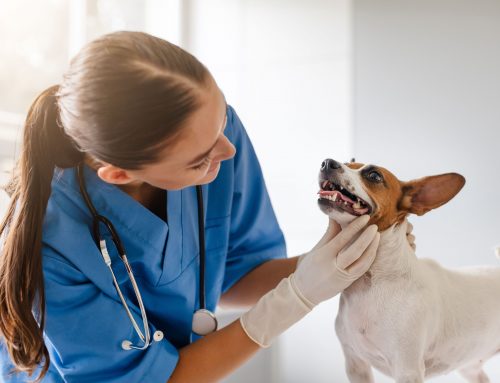
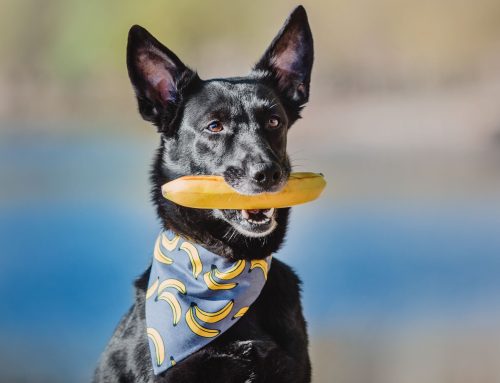
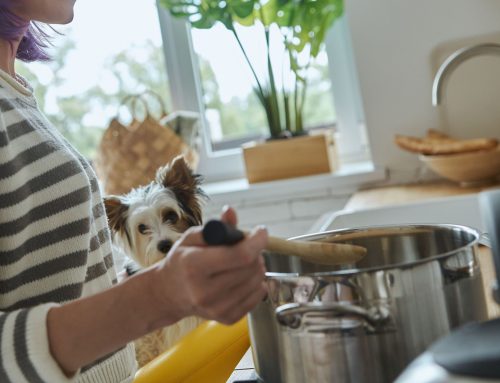
Leave A Comment